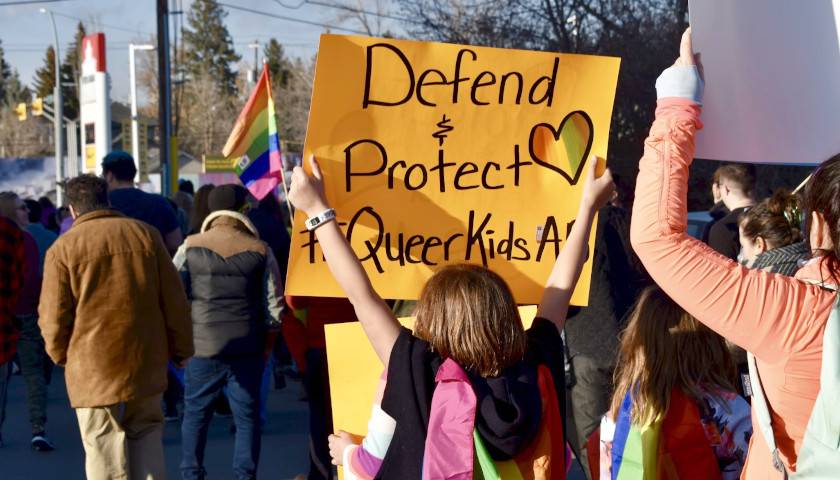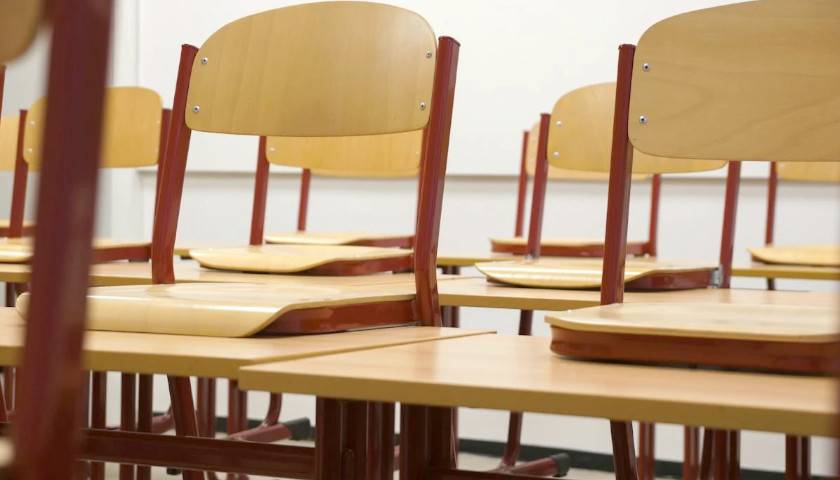Over half of U.S. states now require high school students to receive a financial literacy course before they graduate after Gov. Gavin Newsom signed a bill passed by the California Legislature.
With the passage of California’s law requiring schools to offer a course in personal finance by the 2027-28 school year and requiring the class of 2031 to receive at least one class, a total of 26 states now require students to take a course on how to manage money, according to a nonprofit spearheading efforts to pass such laws.
Read More



